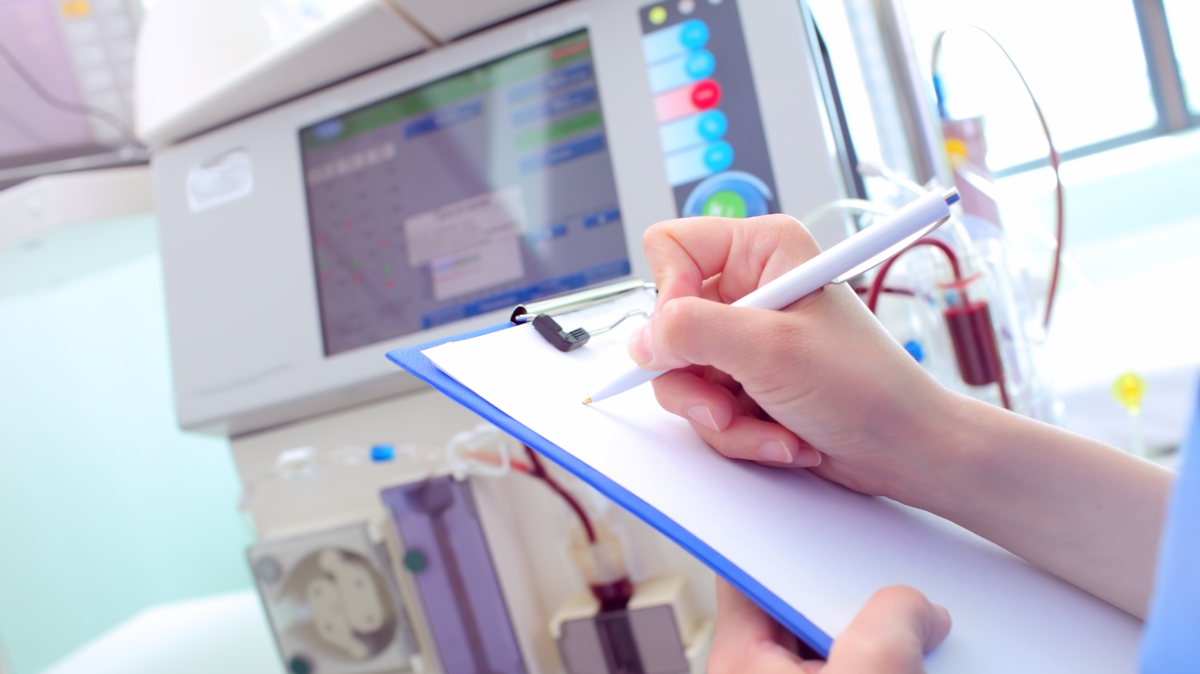What does the buzzword "Usability" really mean and what does it have to do with Technical Documentation?
A product must be "usable", this is not only what common sense demands, but also DIN EN ISO 9241, which originated in the software development world. With this, it's meant that: As a manufacturer, I would want you to familiarise yourself quickly with my product, and to use it safely, efficiently, and effectively; also, to be able to manage it even after prolonged periods of non-use. At the same time, the use of our product, in the sense of a positive "user experience", should leave a satisfying feeling. For medical devices, the Usability Test has even been mandatory since 2017.
On one hand, all these factors are difficult to quantify and, depending on the situation, they can vary within the specific context of use. Nonetheless, a high degree of usability is not only a key driver of product development for manufacturers in the software industry, but for all other industries as well. And that's not all: The demand for usability doesn't simply end with the limits of the machine or with the edges of the device. The Technical Documentation is also part of the product, the product perception, and as such, contributes to the overall usability.
In the real usage situation, the user has both the product and its documentation in one cohesive package. Ideally, the usability of the two should be tested together. Also, users don't make the distinction as to whether the action is due to a sophisticated product design or to an easily accessible and clearly-flowing set of instructions. This difference can only be discovered during a Usability Test.
How should I test the usability of my documentation?
The easiest way to test the usability of a product is a heuristic evaluation. This means that someone (for example, in the case of a manual), a member of the technical editing staff sits down in front of a product and a checklist. However, this is like watching a TV travel show instead of going on the journey yourself: You learn something for sure, but the intensity of the experience is not even comparable. In the worst case scenario, the Technical Editor doesn't belong to the target audience and doesn't know the product well, so he or she is therefore a bit operationally blind and can only simulate practical problems and the application situation to only a very limited extent.
At this point you could also sit a small portion of the target audience at a table with paper and pencil. But these people, on the other hand, don't have the analytical experience and, moreover, they wouldn't normally admit what they think they can make mistakes – if one becomes aware of it during the process of theoretical thinking. However, there's a particular interest in identifying typical misuses. To go through checklists is undeniably important, even with regard to normative aspects, but this is rarely sufficient to assess usability on its own.
Better is a test application in a realistic work environment that has been standardised for repeatability. Test subjects selected from the actual target audience should put the real product with the real manual through its paces in as real a situation as possible. Time constraints, lighting conditions, background noise, and available tools should also be made realistic.
During testing, the test subject is asked to think out loud. This is made easier if the task is carried out in cooperation (i.e. with a second test subject). Both the audio and video are recorded for subsequent evaluation. Interviews both before-and-after the test can make the expectations and impressions of the test subjects accessible. After only three-to-five runs with different test subjects, an average of 80% of the typical operating errors can be found.
To want to cover all aspects of the usability of a product and its manual with a large-scale universal test is usually too highly desired. It's better to design several small tests, which are geared toward specific partial questions and whose results can be analysed in a very targeted manner. Ideally, product development and the technical editorial staff should analyse these results together. Appropriate questions with a focus on the manual could be:
- How long does a test subject need to perform a specific operation correctly?
- How does the test subject approach a question? How does he or she search for information in the manual and where does he or she look for the corresponding function of the product?
- Is the manual worked through systematically or only referenced for specific problems? Does the test subject continue to read on his or her own initiative?
- Were individual passages from the manual read several times?
- And of course: which mistakes are made particularly frequently and what are the sources of the errors? In a constructive deficiency or in an incorrect or incomplete instruction for action?
When investigating the usability of screens or complex control panels, the use of an eye-tracking camera can also be useful to analyse eye movement patterns and search behaviours. In general, however, the more complex the method, the more specific the question must be in order to not end up in data-overload chaos.
When is the right time for a Usability Test?
Usability Tests for operating concepts are usually carried out during the development phase (i.e. long before the manual takes shape). But parts of the manual can also be tested at this early stage of the product life cycle (e.g. the image concept, the navigation concept, or the output medium). Of course, the large final test is not yet ready for market launch – but then it's usually too late for major changes to the product.
Here, the technical editorial staff and product development can both benefit from synergy effects: both require a well-founded target audience analysis for their work and, as such, are dependent on customer feedback. Both are also interested in actual usage scenarios and both want the product to be not only useful, but in the best case scenario, to give users pleasure as well.
With a common Usability Test for both product and manual, not only product and brand image can be enhanced, but above all, the support effort can be reduced: fewer operating errors results in the reduced risk of accidents and fewer returns. A general satisfaction shapes the brand perception and increases the probability of second-time buyers. A sophisticated Usability Test can thus contribute to different phases of the product life cycle, from development to support.

